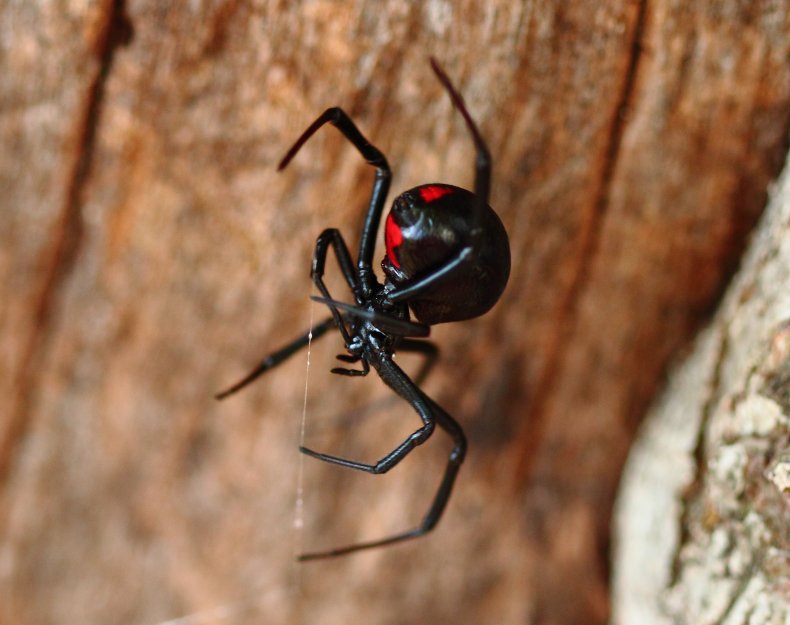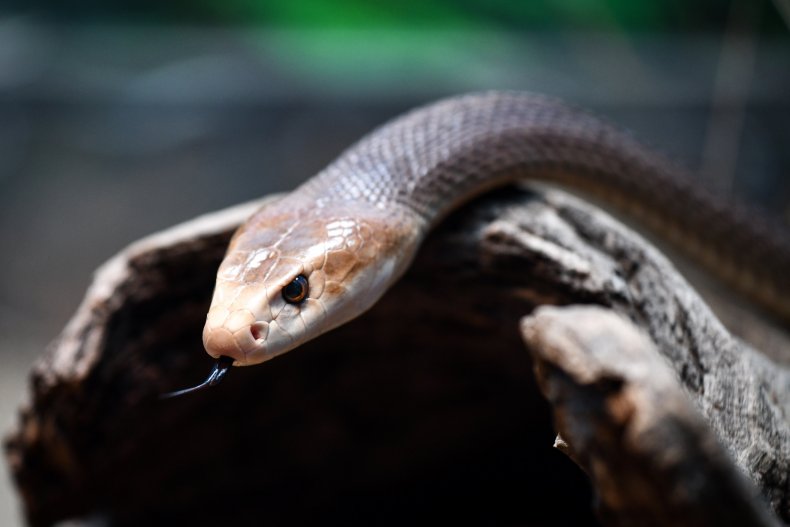There are over 200,000 venomous species of animal across the world, from tiny ants to Komodo dragons. Venom evolved hundreds of millions of years ago, with one of the first known examples found in a pre-mammalian reptile fossil dating back 260 million years.
Venom serves three main purposes. The first is for the capture of prey. The second is defense. Third is competition, where creatures will attack their adversary to gain an advantage. One example of this is the male duck billed platypus, which will repeatedly stab one another with a painful venom during mating season.
For humans, most encounters with venom are the result of snake bites. The World Health Organization estimates that 5.4 million people are bitten every year, with 2.7 million of these being envenomings. Between 81,000 and 138,000 people die each year as a result of snake bites, with far more left permanently disabled.
The WHO now recognizes snakebites as one of the most Neglected Tropical Diseases and is aiming to reduce the global burden by 50 percent by 2030.
It is not just snakes that cause serious harm with their venom. Australia is home to the world's deadliest spiders. There are over 1,000 species of venomous fish, with the stonefish being the most potent. And insects can be deadly too. In the U.S., between 90 and 100 people die every year from allergic reactions to insect stings.
But which animal has the deadliest venom? And which inflicts the most pain?
"In terms of acute pain, a couple of the most painful stings are delivered by the bullet ant and tarantula hawk," Sean Bush, an emergency physician who is also known as the snake doctor, told Newsweek. "As for causing long-lasting hurt, the black widow is the queen of pain."

Bush said that the most deadly snake in the world in terms of human death is the saw-scaled viper, Echis carinatus. However, the species he would be most concerned about getting bitten by is an insular species of lancehead viper.
"Their venom tends to cause people to have thrombotic strokes rather than just bleeding. Bleeding is easier to manage than strokes. Imagine you are enjoying a moment on the beach in the Caribbean. A snake bites you and now you can't talk or move half your body. That would suck.
"A black mamba slithering head-high through sugar canes is a fearsome thing, too. After a bite like that, you've got minutes to die."
Bryan G. Fry, from the School of Biological Sciences at the University of Queensland, Australia, researches venom. He said venom can be thought of in different ways—toxicity, quantity of venom and the likelihood of getting bitten. A highly venomous snake is not dangerous if human encounters never occur.

The amount of venom delivery and toxicity is key to human health. "It is estimated that only 1-1.5 milligram of inland taipan venom is enough to kill a human, while the snakes [are] capable of delivering up to 100 milligrams," he told Newsweek. "In contrast, 1.5-2 milligrams of coastal taipan venom is enough to kill, but the snakes can deliver a staggering 700 milligrams of venom! However, this is from an academic perspective, since dead is dead."
Fry said the animals that deliver the most deadly venom are the box jellyfish, the Brazilian wandering spider, the death stalker scorpion and the coastal taipan. In terms of most pain, he said: "This would be a tie between the box jellyfish and the stonefish. Both are notorious for causing so much immediate pain that the person goes into shock and dies. A truly brutal way to go. Literally dying screaming. If you survive that, then the cardiovascular collapse caused by the venom may kill you 20 minutes later. So with these two nasties, you have two ways to die."
For Fry, the worst species to be envenomed by would be the coastal taipan.
"The venom simultaneously attacks every part of the body reachable by the bloodstream," he said. "The blood chemistry is absolutely nuked, so the person starts bleeding out of every orifice. The muscle cells are selectively broken down, but the body remains intact without the arm rotting off like a rattlesnake does. So they are considerate in leaving a nice looking corpse. The nerves [are] fried, so that even if you survive you will have a very long recovery that may include learning how to walk again or even having a permanent limp.
"The blood pressure takes a nose dive due to toxins that relax the aortic wall. This is not dangerous in and of itself, but it's how they knock out their prey so that the other toxins have time to do their job."

Herpetologist John Murphy has written several books on snakes including Giant Snakes: A Natural History, which he co-authored with Tom Crutchfield. Murphy told Newsweek that venom is ever changing, with some losing it due to shifts in diet.
"Snakes that we consider highly toxic are species that are in an arms race with their prey," he said. "The snake evolves more toxic venom as the prey evolves resistance to the venom. Remember this has nothing to do with humans. Venomous snakes do not feed on people, they bite people because they are trying to protect themselves."
Bush said the main purpose of snake venom is to help it eat. Some venoms are intended to stop prey from running away. "Other snake venoms are loaded with digestive enzymes, which helps digest large prey from the inside out," he said. "Unfortunately, that's what happens to a human when venom gets injected."
While venom has a bad reputation, it is also being utilized by scientists to develop life saving medicines. Fry said a widely used medication for high blood pressure was developed 45 years ago using a modified version of a toxin from the Brazilian lancehead pit viper.
"Today despite being 45 years on, it is still a 10 billion a year market," he said. "The perfect illustration of why we need to protect all of the natural world, since we can't predict where the next wonderdrug may come from."
In his own work, Fry found the venoms of the inland and coastal taipan could be used to create cardiac hormones that have now been patented for the use in treating congestive heart failure. "[It's just] another [example] in a very long list of examples of why we should certainly respect these animals, but we need to keep them around since they may be a source of a lifesaving medicine."